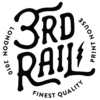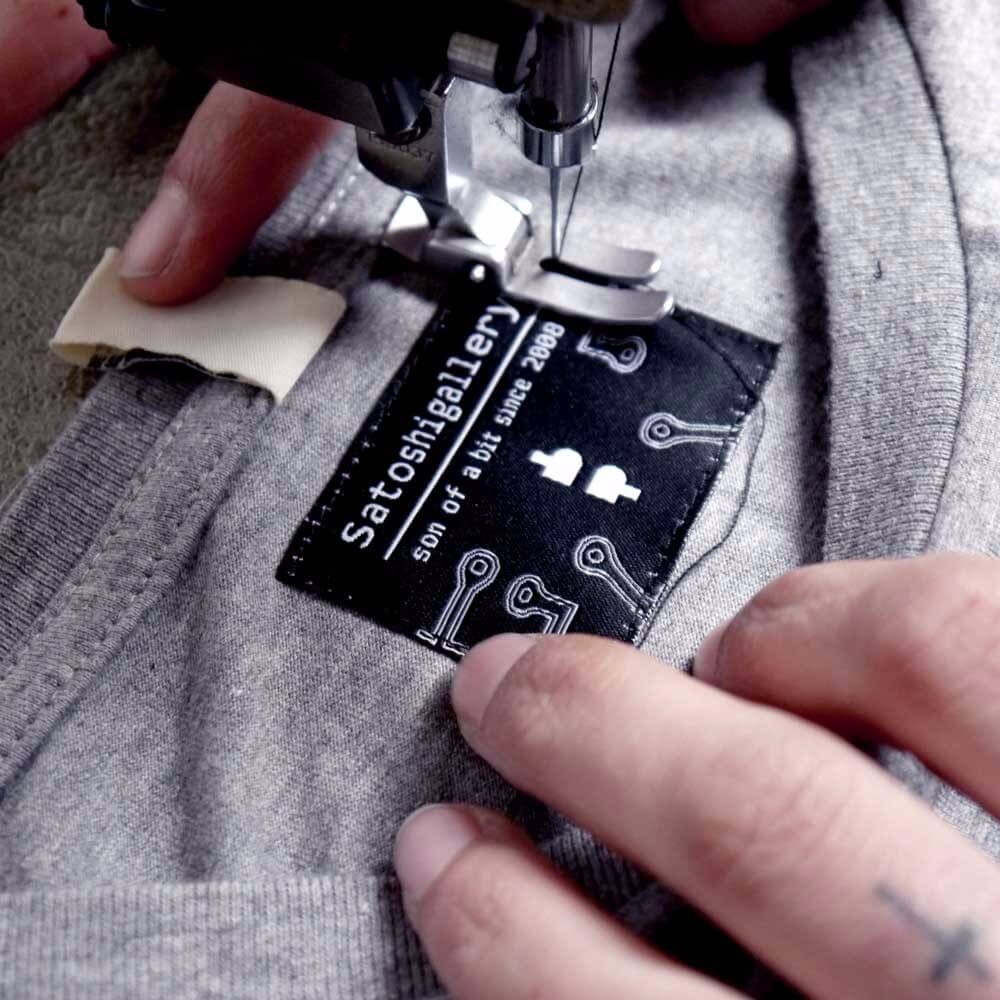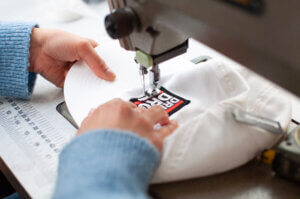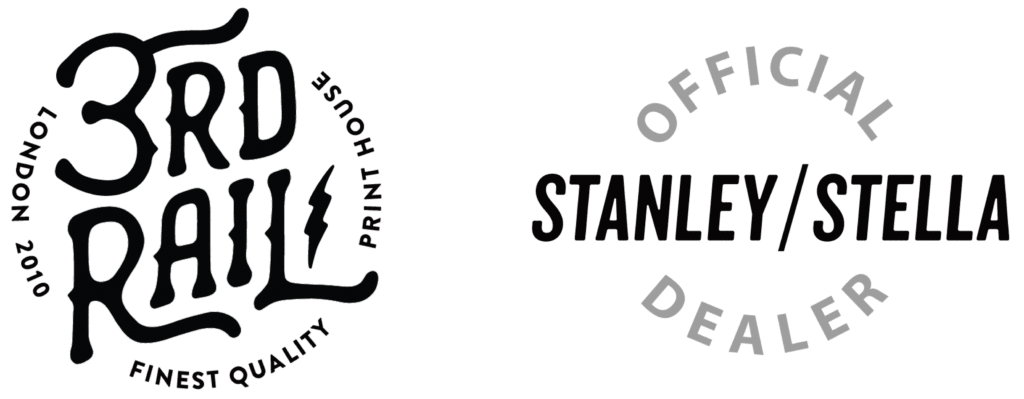The Art of Re-labelling
Re-labelling is a transformative process that involves the professional removal of the manufacturer’s white labels and their replacement with your own bespoke versions. This process is not just about changing a tag; it’s about infusing a garment with your unique brand identity. Labels can be woven or printed, stitched into the neckline, or looped over the hem.
Exploring Different Styles of Labels
When it comes to re-labelling, the style of label you choose can significantly impact the overall aesthetic and functionality of your garment. Here’s a closer look at the different styles and why you might choose one over another:
- Size Tag Replacement:This is a great starting point if you’re new to re-labelling. It involves removing existing branded tags and replacing them with basic ones. This option is cost-effective and allows you to remove another brand’s identity from your products. However, it doesn’t offer the same level of personalisation as other methods.
- Screen Print: Screen printing your labels directly onto the garment is another cost-effective method. It allows you to include branding, sizing, and care information in a way that won’t irritate the skin like some tags can. However, screen printed labels can fade over time with washing and wear.
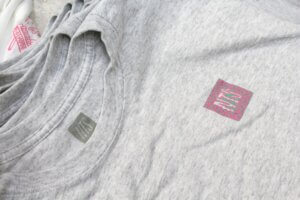
- Inside Neck Labels: These are the most popular choice and usually come as woven labels. They’re stitched directly into the neckline of the garment, providing a high-end look and feel. This method is durable and offers a high level of customisation, but it can be more expensive than other options.
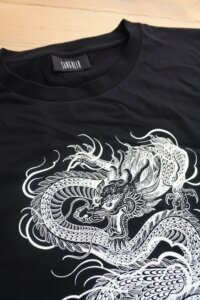
- Patches: Patches can be woven, embroidered, leather, rubber, or screen printed. They add a unique, tactile element to your garments and accessories. Patches are versatile and can be placed in various locations on the garment, but they require more complex attachment methods and can be more expensive.
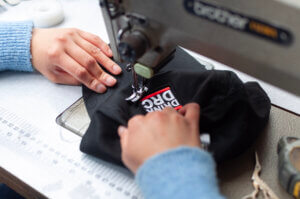
- Hem / Sleeve: These labels are usually woven, leather, or screen printed and offer a more subtle branding option. They’re a great choice if you want to maintain a minimalist aesthetic while still including your branding. However, they may not be as noticeable as other label styles.
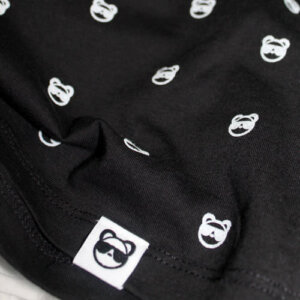
- Swing Tags: Swing tags are the icing on the cake. They’re not attached directly to the garment, but they offer an additional opportunity for branding and providing information. They add a professional touch to your product presentation, especially in a retail setting. However, they can be removed easily and don’t offer a permanent branding solution like other label styles.
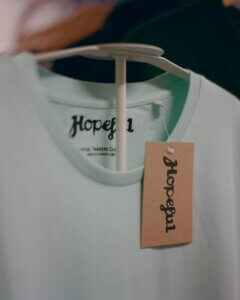
Each label style has its own set of advantages and considerations. The best choice will depend on your brand’s aesthetic, your budget, and the specific needs of your product range.
Evaluating the Investment: Is Re-labelling Worth It?
Re-labelling is an investment that goes beyond the financial aspect. It’s an investment in your brand’s identity, customer experience, and overall market positioning. But is it worth it?
The answer largely depends on your brand’s goals and the value you place on brand consistency and customer perception. Here’s a summary of the potential returns on this investment:
- Brand Reinforcement: Re-labelling allows you to infuse every part of a garment with your unique brand identity. This consistency can enhance brand recognition and loyalty among your customers, potentially leading to increased repeat business.
- Enhanced Customer Experience: Custom labels can provide essential information to customers in a way that aligns with your brand’s aesthetic. This can improve the overall customer experience, making your products more memorable and increasing the likelihood of positive word-of-mouth.
- Market Differentiation: In a crowded marketplace, re-labelling can help your products stand out. Custom labels can add a high-end feel to your garments, setting them apart from competitors and allowing you to command higher prices.
- Long-term Value: While re-labelling requires an upfront investment, it can add long-term value to your brand. The increased brand recognition, improved customer experience, and market differentiation can all contribute to sustained growth and profitability.
In conclusion, if you value brand consistency, customer perception, and market differentiation, the investment in re-labelling could be well worth it. It’s an investment not just in your products, but in the overall strength and longevity of your brand.
Frequently Asked Questions
- What is re-labelling?
Re-labelling is the process of professionally removing old branded labels from a garment and replacing them with your own personalised versions. This can be a powerful tool for reinforcing your brand identity.
- What types of labels can be used in re-labelling?
Labels can be woven or printed, and they can be stitched into the neckline or looped over the hem. The type of label used depends on the information included and the branding.
- What are some popular label styles?
Popular label styles include tag removal, screen print, inside neck labels, patches, hem // sleeve, and swing tags. The choice of style depends on your brand’s aesthetic and the information you wish to convey.
- Can I provide my own labels for re-labelling?
Yes, at 3rd Rail, you’re welcome to provide your own labels. However, we also work with a range of suppliers should you require us to source them for you.
- How does re-labelling enhance my brand?
Re-labelling allows you to infuse a garment with your unique brand identity. It creates a cohesive look and feel across your product range, enhancing brand recognition and loyalty. It also provides an opportunity to offer essential information to customers, such as care instructions and sizing, in a way that aligns with your brand’s aesthetic.
